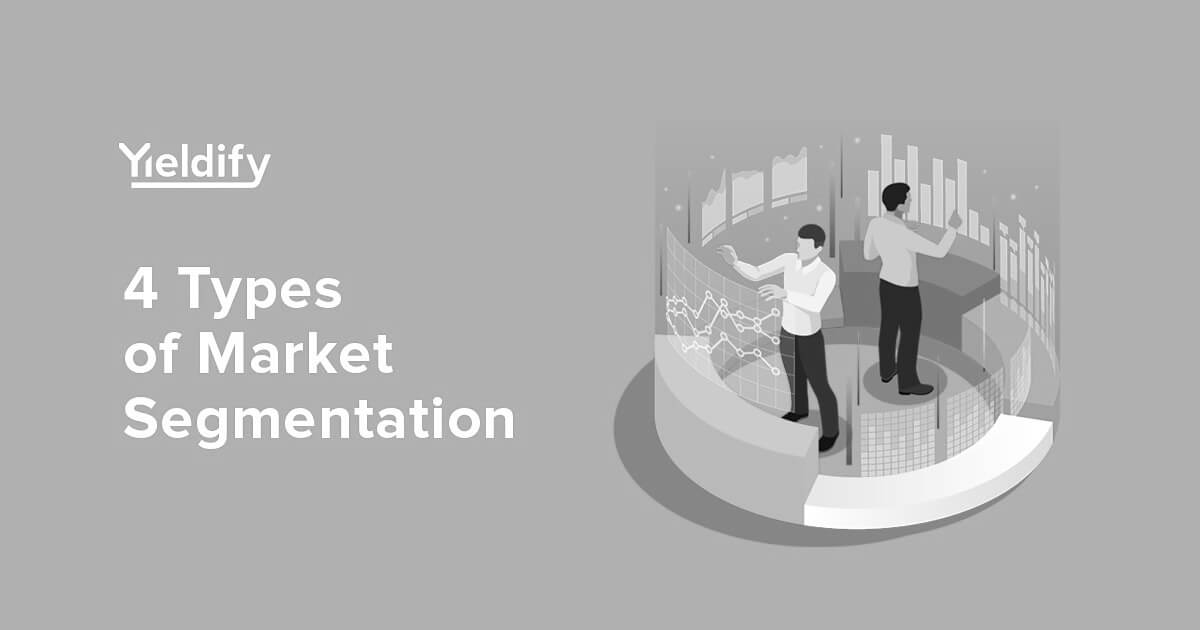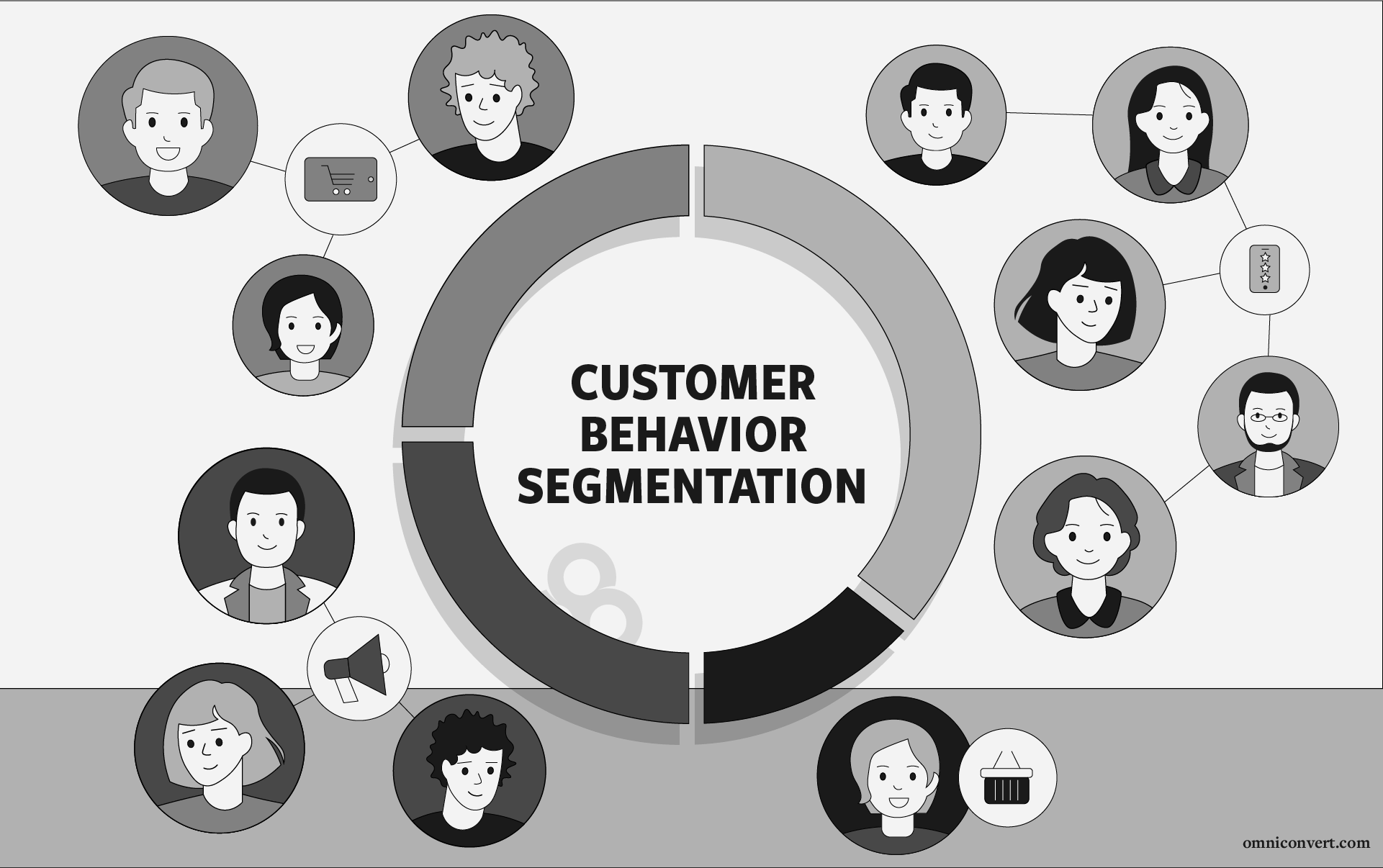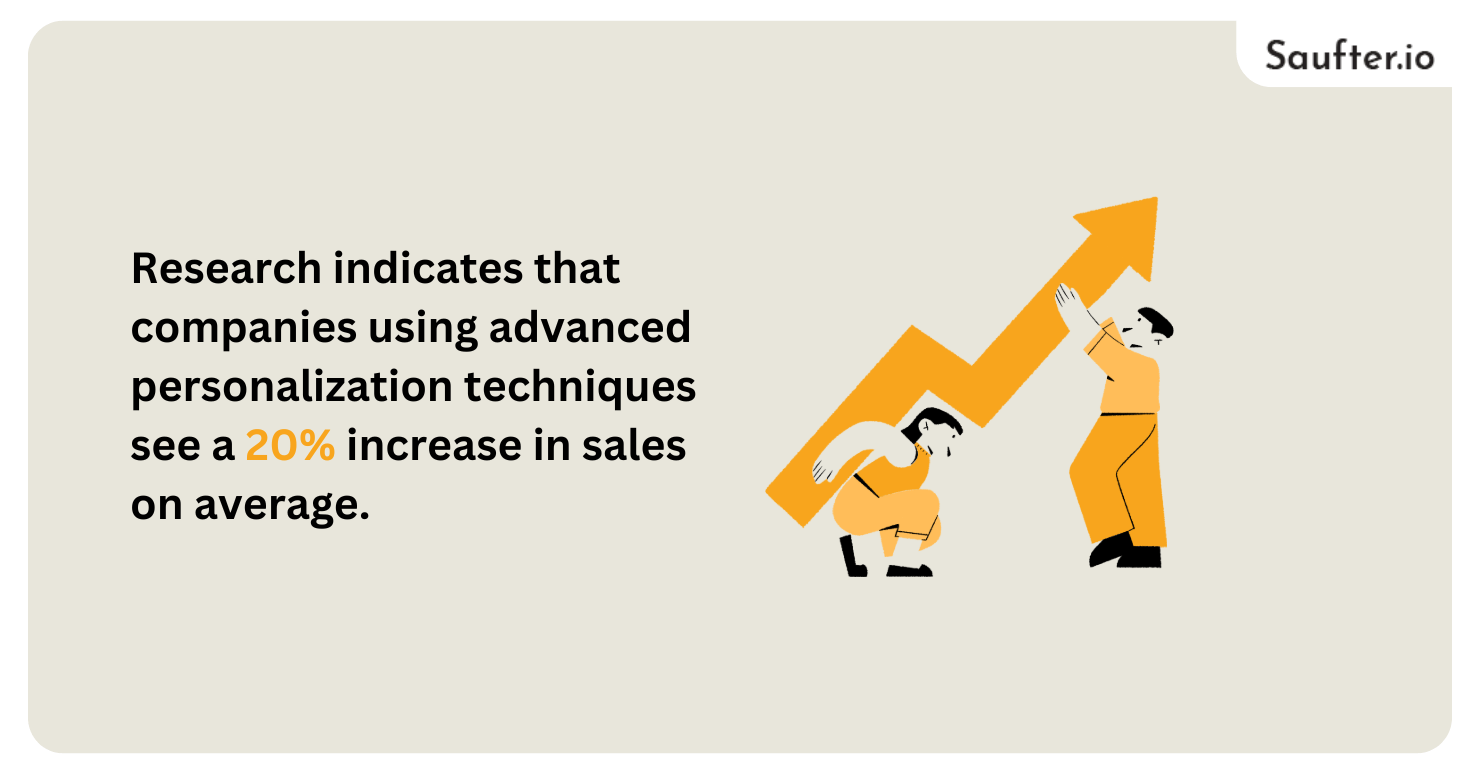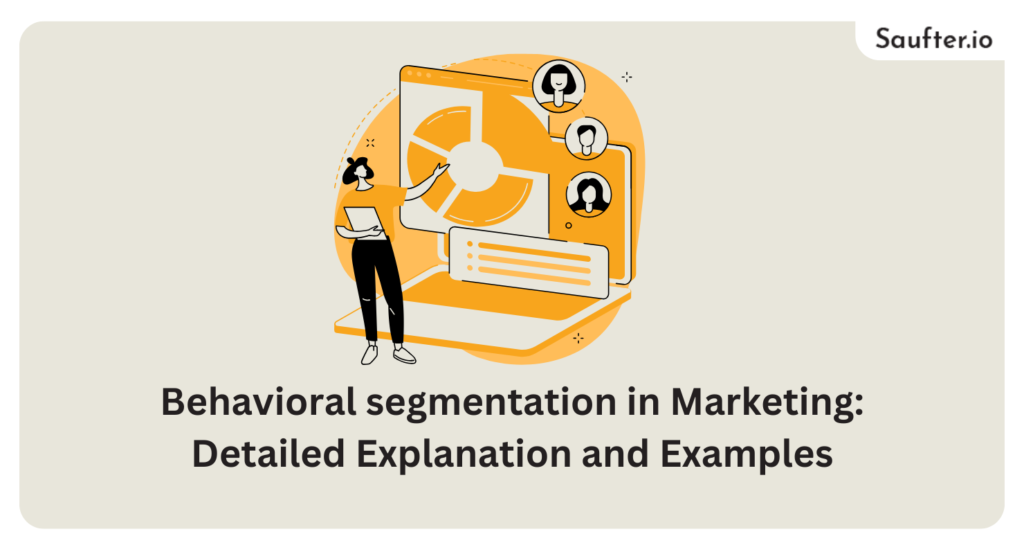Last Updated: December 2025
In today’s competitive business landscape, personalization is key. Studies show that 80% of consumers are likelier to purchase from brands that offer tailored experiences. Additionally, businesses that effectively personalize their marketing efforts see a 10-30% increase in revenue, proving that understanding consumer behavior is crucial.

One of the most effective ways to achieve this level of personalization is through behavioral segmentation, a marketing strategy that categorizes customers based on their actions, preferences, and decision-making patterns. This strategy allows businesses to craft highly relevant messages and offers, ultimately improving engagement and conversion rates.
This article will break down the concept of behavioral segmentation, its benefits, different types, and behavioral segmentation examples in marketing to help you implement it successfully.
What is Behavioral Segmentation?
Behavioral segmentation is the process of dividing a customer base into groups based on their behaviors, such as purchasing habits, product interactions, brand loyalty, and engagement levels. Unlike demographic or geographic segmentation, this approach focuses on customer actions rather than static characteristics.
By segmenting customers in this way, brands can target specific groups with tailored marketing strategies, leading to better engagement and conversion rates. For instance, an online store may send different promotions to frequent buyers versus first-time visitors, ensuring each group receives the most relevant offers.
Why is Behavioral Segmentation Important?
Utilizing behavioral segmentation in marketing provides several benefits:
- Better Customer Insights: Helps businesses understand what drives purchasing decisions.
- Personalized Marketing: Allows companies to create relevant messaging and offers.
- Higher Retention Rates: Engaging customers based on their behaviors leads to better loyalty.
- Increased Conversion Rates: By targeting customers at the right stage of their journey, brands see more successful sales.
- Efficient Use of Resources: Ensures marketing budgets are allocated effectively to high-potential customers.
Types of Behavioral Segmentation

Understanding different types of behavioral segmentation examples in marketing will help you implement the right strategy:
1. Usage and Purchase Behavior
This approach categorizes customers based on how often they purchase, the types of products they buy, and their browsing habits. Frequent buyers can receive loyalty perks, while occasional customers may need re-engagement strategies.
Example: E-commerce stores offer discounts to first-time shoppers but exclusive rewards for frequent buyers.
2. Benefit Sought
Customers look for different benefits in the same product. Some may prioritize affordability, while others focus on quality or sustainability. Understanding these preferences helps brands tailor their messaging accordingly.
Example: A skincare company promoting budget-friendly products to cost-conscious shoppers while highlighting premium features to high-end buyers.
3. Occasion-Based Segmentation
Consumers exhibit different purchasing behaviors based on occasions like holidays, birthdays, or seasonal events. Businesses can leverage this data to create time-sensitive promotions.
Example: Retailers offering discounts on gifts during the holiday season or special birthday rewards.
4. Customer Loyalty
Segmenting customers based on loyalty levels—such as first-time buyers, repeat customers, or brand advocates—enables companies to design targeted rewards programs and exclusive offers.
Example: Airlines offering frequent flyer miles and elite status perks to regular travelers.
These behavioral market segmentation examples highlight how businesses can optimize their marketing efforts by understanding customer actions and preferences.
8 Behavioral Segmentation Examples in Marketing

Let’s explore real-world applications of behavioral segmentation examples in marketing across different industries:
1. Netflix’s Personalized Recommendations
Netflix is a prime example of market segmentation for Netflix through behavioral segmentation. The platform analyzes users’ viewing history, search patterns, and even time spent watching specific genres to curate personalized recommendations. By segmenting users into groups such as “comedy lovers,” “thriller enthusiasts,” or “documentary watchers,” Netflix ensures that users receive content that aligns with their preferences.
This tailored approach keeps engagement levels high and reduces churn rates. Netflix reports that over 80% of content watched comes from personalized recommendations.
2. Amazon’s Product Suggestions
Amazon utilizes behavioral segmentation examples in marketing to enhance the shopping experience. The platform creates highly relevant product recommendations by tracking purchase history, product views, and cart abandonment rates. For instance, if a customer frequently buys tech gadgets, Amazon may suggest complementary items like charging cables, screen protectors, or smart home devices.
This strategy not only improves customer experience but also boosts cross-selling and upselling opportunities. Amazon attributes over 35% of its sales to personalized recommendations.
3. Starbucks’ Reward Program
Starbucks segments its customers based on their purchasing frequency and preferences. The Starbucks Rewards program offers incentives such as free drinks, personalized discounts, and early access to new products for loyal customers. Additionally, the company uses behavioral data to send time-sensitive promotions, like a special offer on a favorite drink just before a customer’s usual morning coffee run, encouraging repeat purchases.
Loyalty members drive nearly 50% of Starbucks’ sales.
4. Nike’s Personalized Emails
Nike capitalizes on behavioral segmentation by analyzing browsing behavior, past purchases, and customer interests. The brand sends personalized emails featuring exclusive product launches, workout tips, or limited-time discounts based on user preferences. For instance, if a customer frequently browses running shoes, Nike may send tailored promotions on new arrivals in the running category, increasing the likelihood of conversion.
5. Spotify’s Custom Playlists
Spotify segments users based on listening habits, favorite genres, and frequency of app usage. The “Discover Weekly” and “Daily Mix” playlists are curated using behavioral data, providing users with new music recommendations aligned with their tastes. This segmentation approach enhances user engagement and keeps subscribers loyal to the platform by consistently offering fresh and relevant content.
Spotify’s recommendation engine is responsible for over 30% of user engagement.
6. Coca-Cola’s Occasion-Based Marketing
Coca-Cola excels at occasion-based behavioral segmentation. The brand creates marketing campaigns targeted at specific events such as holidays, sporting events, and festivals. For example, Coca-Cola’s holiday-themed ads featuring Santa Claus or its summer promotions encouraging outdoor gatherings align with consumers’ seasonal behaviors, making the brand more relatable and increasing sales during key periods.
7. Sephora’s Beauty Insider Program
Sephora’s loyalty program uses behavioral segmentation to track customer purchases, beauty preferences, and engagement levels. By categorizing customers into different loyalty tiers—such as “Insider,” “VIB,” and “Rouge”, Sephora offers exclusive rewards, personalized product recommendations, and early access to sales. This approach strengthens customer retention and enhances brand loyalty.
Over 80% of Sephora’s sales come from its loyalty program members.
8. Uber’s Dynamic Pricing
Uber leverages behavioral segmentation to implement dynamic pricing strategies. The app monitors factors like ride frequency, location, time of day, and supply-demand fluctuations. During peak hours or high-demand events, Uber adjusts pricing based on customer behavior.
Additionally, users who frequently request rides to specific locations may receive targeted promotions or ride discounts, encouraging continued app usage.
In What Two Ways Are Markets Segmented Based on Behavioral Segmentation?

Behavioral segmentation can be categorized into various approaches, but two primary ways markets are segmented based on behavioral patterns include:
1. Purchase-Based Segmentation
This segmentation focuses on customer purchasing habits, including frequency, recency, and order value. It helps businesses distinguish between first-time buyers, occasional shoppers, and loyal customers. Companies can then develop targeted campaigns to encourage repeat purchases or reward brand loyalty.
- First-time Buyers: Brands often use discount codes, free trials, or introductory offers to convert first-time buyers into repeat customers. This initial engagement strategy helps build trust and encourages future purchases.
- Frequent Shoppers: Businesses leverage loyalty programs, personalized deals, and VIP memberships to retain customers and encourage repeat purchases. Companies like Starbucks and Sephora excel at this by offering exclusive perks and rewards.
- Cart Abandoners: Many customers add products to their carts but leave without completing the purchase. E-commerce platforms use retargeting ads, email reminders, and limited-time discounts to motivate customers to finalize their transactions.
2. Engagement-Based Segmentation
This method categorizes customers based on their interaction levels with a brand, whether through website visits, social media activity, or email engagement. Companies use this data to deliver personalized content, improve user experience, and increase retention rates.
- Highly Engaged Users: These customers frequently interact with a brand, whether by reading emails, engaging on social media, or visiting the website often. Businesses nurture these relationships with exclusive content, VIP offers, and personalized product recommendations.
- Passive Customers: These individuals may have interacted with a brand in the past but are less engaged over time. Businesses use re-engagement tactics such as email reminders, special discounts, and interactive content like quizzes to recapture their attention.
Lapsed Users: Customers who haven’t engaged with a brand for a long period fall into this category. Win-back campaigns, such as personalized discount codes, free shipping offers, or special limited-time deals, can help rekindle their interest.
Let us now introduce you to saufter
Saufter: The Best AI-Based Digital Marketing Tool

In the fast-paced world of digital marketing, Saufter AI stands out as the ultimate solution for businesses looking to optimize their email campaigns with cutting-edge artificial intelligence. Whether you run a SaaS platform, an e-commerce store, or any other online business, Saufter AI empowers you with data-driven insights and automation to enhance engagement and conversions.
Key Features
- Competitor Email Tracking: Automatically monitors and analyzes your competitors’ email campaigns, helping you stay ahead of the curve.
- User Behavior Analysis: Studies user interactions on your website and tracks their journey to generate targeted campaign suggestions.
- Personalized Email Campaigns: AI-driven personalization enhances email deliverability and engagement, ensuring your messages reach the right audience.
- Cohort-Based Suggestions: Segment users based on their engagement levels and behaviors to optimize campaign effectiveness.
Conclusion

Implementing behavioral segmentation examples in marketing helps businesses create highly personalized campaigns, leading to increased customer satisfaction and higher revenue. Research indicates that companies using advanced personalization techniques see a 20% increase in sales on average.
By leveraging behavioral data effectively, brands can optimize their marketing efforts, foster long-term customer relationships, and gain a competitive edge in the market.
Are you ready to enhance your marketing strategy with behavioral segmentation? Start analyzing your customer behavior today!
















